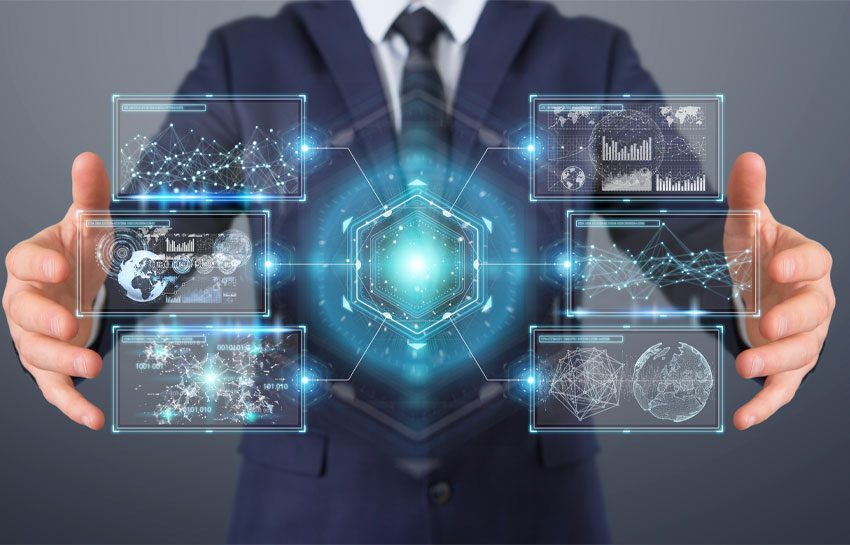Do you want to learn how to manage a remote team? I had the pleasure of interviewing Olumide Gbenro who has run remote teams for three years. Olumide is an internationally respected businessman based in Bali Indonesia specializing in PR & Influencer Marketing. He and his team utilize social media to tell stories that attract business for his clients. His clientele includes professional athletes, Olympians, notable business executives, and entrepreneurs. He is a global entrepreneur, world traveler, polyglot, creative artist, experiential film producer, and millennial influencer. He has hosted influencer & business networking events for diverse audiences ranging from Tokyo, Japan to Los Angeles, California, and built connections with some of the most notable entrepreneurs in the world. Mr. Gbenro is the founder of The Digital Nomad Summit, a conference where hundreds of location independent entrepreneurs meet and connect each year. He also founded Globoversity an online learning and networking community platform for digital nomads.
Thank you so much for doing this with us! Before we dig in,
our readers would love to get to know you a bit better. What is your “backstory”?
I’m an immigrant Nigerian kid who arrived in the United
States to live the American dream. My ppato get me the best schooling possible
and I ended up graduating with both an undergraduate degree and two Masters
degrees but when I had a chance to pursue a PhD I realized something else was
calling me, travel. I set out 3 years ago to see the world as a couch surfer
and figured things out along the way as I built my PR and marketing agency from
the ground up. Today I’m blessed to have high profile clients that include
olympic athletes, and celebrities.
Can you share the most interesting story that happened to
you since you started your career?
Something interesting has been living in Bali, Indonesia.
After working remotely with my global team from here I’ve learned how to
balance a healthy lifestyle with still working at a high level. I sometimes go
from talking to a high profile client to jumping into the pool at my coliving
space Camp 308.
Can you share a story about the funniest mistake you made
when you were first starting? Can you tell us what lesson you learned from
that?
Funniest mistake in the beginning was always taking calls on
other people’s schedule and when I first moved to Bali I thought I had to take
2am calls with big companies. I soon realized how unhealthy this was and of
course the client would see a tired look
on my face and lack of enthusiasm because I was so tired, which lost me a few
deals I’m sure. My lesson from this is to remember to live on your own terms
and prioritize your health.
What advice would you give to other CEOs or founders to help
their employees to thrive and avoid burnout?
For me I think it’s about creating deliberate spaces for
work and relaxation and not letting the two clash. For example I recommend not
working with your laptop in bed, perhaps do that on your home desk or coworking
space away from the place you usually rest your mind and body.
Ok, let’s jump to the core of our interview. Some companies
have many years of experience with managing a remote team. Others have just
started this, due to the COVID-19 pandemic. Can you tell us how many years of
experience you have managing remote teams?
I’ve been managing my PR and marketing agency about 3 years
from now, mostly getting tasks completed with a handful of contractors from
around the world that I hire on platforms like Upwork and Fiverr.com. I know
long ago work would get more remote and now my vision is to help other
companies and entrepreneurs transition seamlessly to this.
Managing a team remotely can be very different than managing
a team that is in front of you. Can you articulate for our readers what the
five main challenges are regarding managing a remote team? Can you give a story
or example for each?
Time Zones: When your team is spread across South East Asia
, Europe and America, time zones can be tricky for meetings. Only a few times
have I had to be up late night to complete a client intake so those issues are
rare.
Mental Health: Not being in an office or physical communal
setting can be tough for some team members. I’ve had a few mention that they
wish we were together once in a while during meetings. Human interaction is
still important so we will be setting aside team vacation time.
Productivity: Depending on what your environment is, whether
it’s a beachtown or metropolitan maze, we know that productivity will vary
depending on the person. Since our team is from all over the world we keep that
in mind and as we will discuss later, assign work based on tasks rather than
time.
Interviews: This is one I don’t think people consider as
much as they should, having to hire virtually is a skill that must be mastered
and a video call is a powerful way to do this as I’ve done for many team
members for a while.
Physical Exercise: Since many are home it’s easy to forget
to exercise the body. I would recommend every meeting you purposefully start
with standing and stretching. To help encourage this I include reminders of
wellness in newsletters or messages to the team without making it sound pushy.
Based on your experience, what can one do to address or
redress each of those challenges?
I’ve found that having task based teams is the best way to
move. Instead of expecting results based on hours, expect results based on
specific tasks that have been set.
In my experience, one of the trickiest parts of managing a
remote team is giving honest feedback, in a way that doesn’t come across as too
harsh. If someone is in front of you much of the nuance can be picked up in
facial expressions and body language. But not when someone is remote. Can you
give a few suggestions about how to best give constructive criticism to a
remote employee?
One way to go about this is to have an honest conversation
with your employees and let them know you are there to support them. Share with
them what they did wrong and ask them how you can help them be better
teammates.
Can you specifically address how to give constructive
feedback over email? How do you prevent the email from sounding too critical or
harsh?
I think opening up with a question or describing a story
everyone on the team can relate to will help soften the tone. Obviously no
capital letters and too many exclamation marks, but when you talk in a manner
that makes someone feel like a team member rather than an employee you reduce
the likelihood they will perceive it as harsh.
Can you share any suggestions for teams who are used to
working together on location but are forced to work remotely due to the
pandemic. Are there potential obstacles one should avoid with a team that is
just getting used to working remotely?
I think you have to let team members adjust and learn this
new way of working with each other. The only suggestion I have is to always
have clear expectations and roles so everyone is held accountable for what they
are supposed to do regardless if they are now all remote but have an open
dialogue to discuss how to optimize the situation for the betterment of the
team without harming anyone.
What do you suggest can be done to create a healthy and
empowering work culture with a team that is remote and not physically together?
I really believe virtual communal groups such as being in a
shared Facebook group with similar interests or fun training with industry
experts monthly, can be an exciting way to stimulate the team energy when not
together. Even something as simple as starting an “off hours”
WhatsApp group so non work communication can occur. This is a powerful tool
myself and my colleagues have used that’s worked phenomenally.
You are a person of great influence. If you could inspire a
movement that would bring the most
amount of good to the most amount of people, what would that be? You never know
what your idea can trigger. 🙂
I think it would be to inspire more people to be location
independent along with being remote. As we start to be able to leave the
confines of work we will be able to see more of the world. I created Digital
Nomad Summit because I truly desire to see people be free physically and
mentally and to connect with a community that makes them happy.
Can you please give us your favorite “Life Lesson Quote”? Can you share
how that was relevant to you in your life?
My favorite is one I created called “Do things your
future self will be proud of” which means to me I’m working to be someone
that makes an impact on the world but also improves myself and continues
growing as an intellectual.
Thank you for these great insights!

 Technology3 weeks ago
Technology3 weeks ago
 Technology3 weeks ago
Technology3 weeks ago
 Business4 weeks ago
Business4 weeks ago
 Technology3 weeks ago
Technology3 weeks ago
 Business3 weeks ago
Business3 weeks ago
 Technology3 weeks ago
Technology3 weeks ago
 Technology3 weeks ago
Technology3 weeks ago
 Technology3 weeks ago
Technology3 weeks ago


